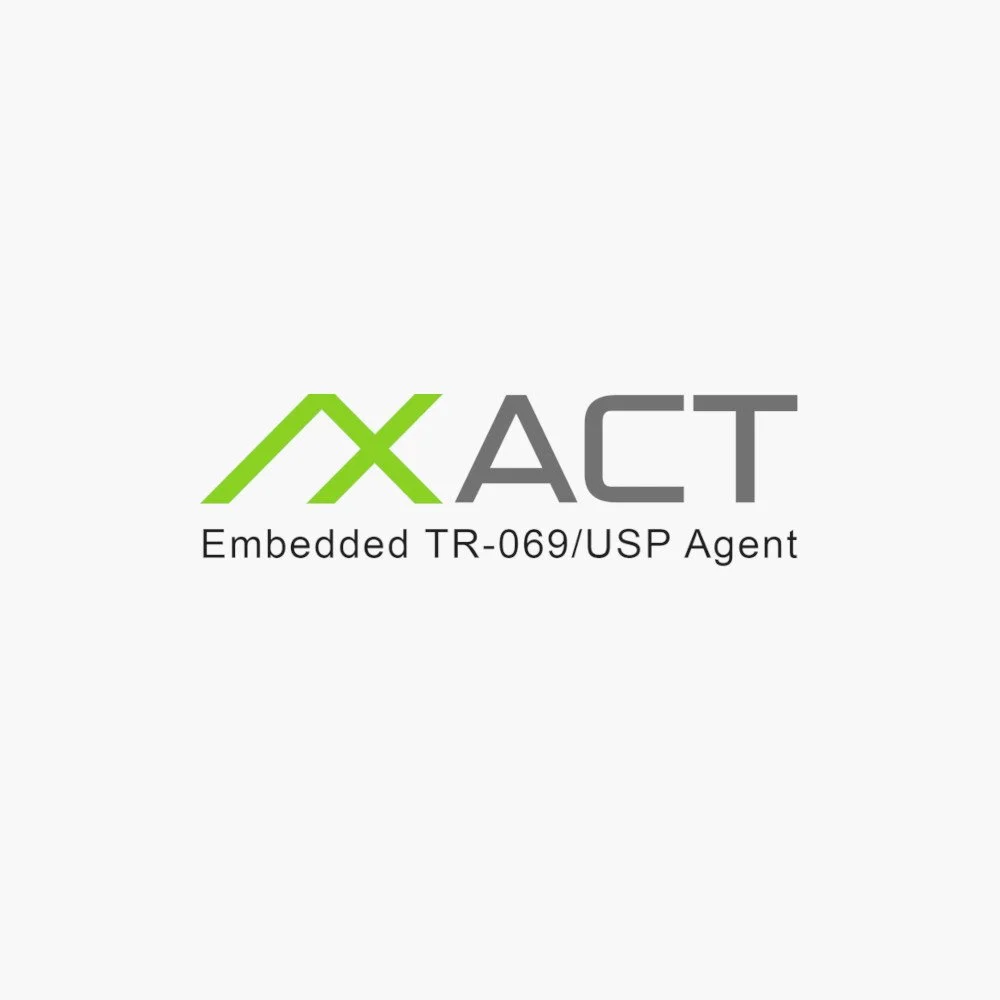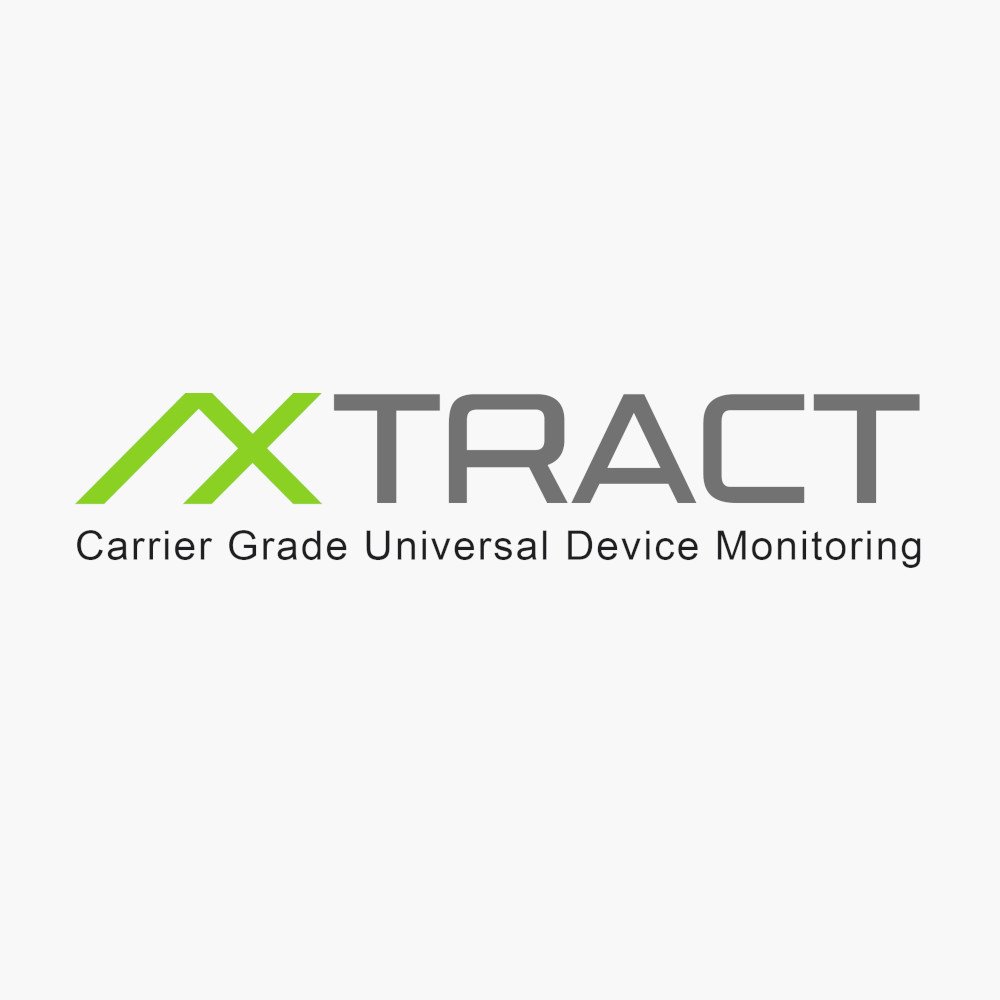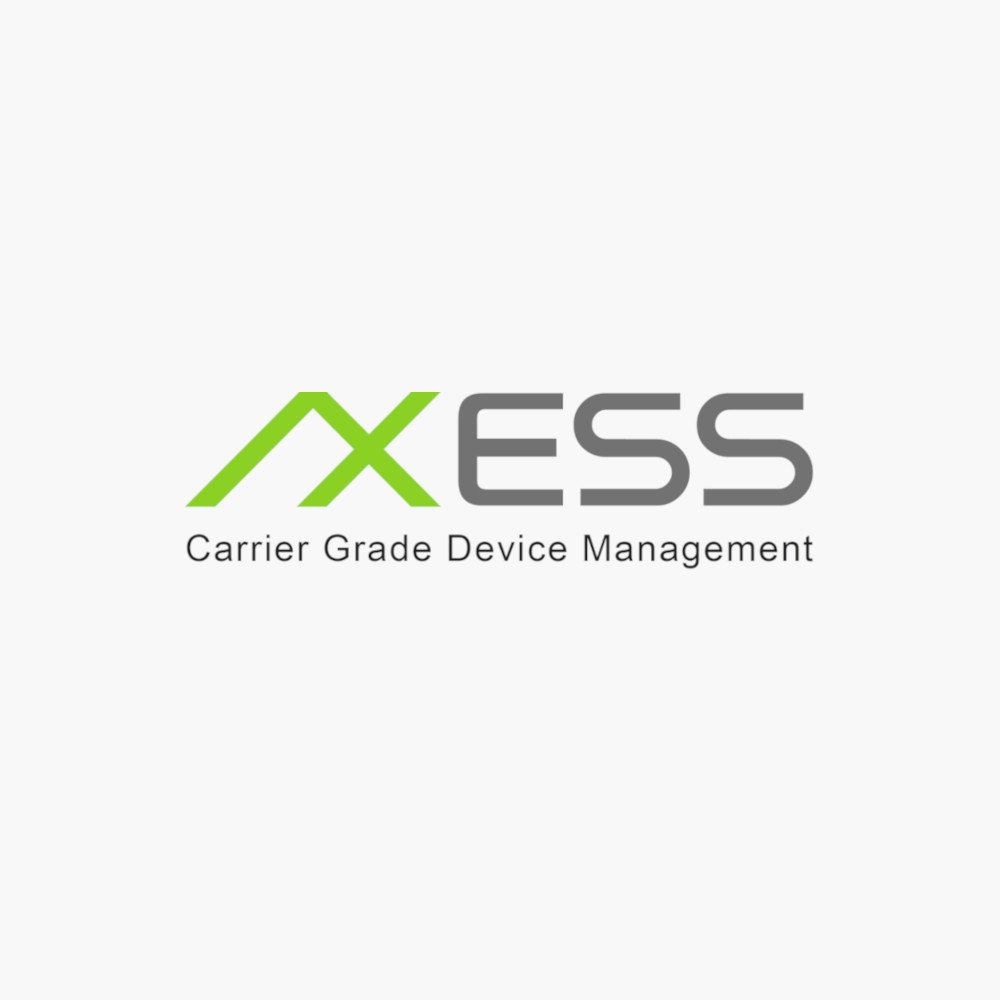What is IoT Device Management?
A Comprehensive Guide | Internet of Things (IoT) Connecting the Future

Connecting Devices, Enabling Smart Solutions, and Driving Innovation Across the Globe

Internet of Things (IoT) Device Management
IoT Device Management is the process that allows telcos and ISPs to remotely manage the infrastructure and endpoints of their networks. By implementing an IoT Device Management solution, telcos and ISPs can monitor the performance and health of devices on their network, as well as remotely configure and update them. This is especially crucial for those managing a large number of devices, as it improves operational efficiency and reduces the risk of outages.
Additionally, IoT Device Management enhances customer experience by providing better visibility into the status of their devices.
Axiros has been working with IoT technologies since the beginning. As a global leader, we provide software solutions and platforms to companies worldwide that need effective management of IoT devices.
The IoT space is rapidly growing and has immense potential to impact digital life. Effective IoT Device Management is a key foundation for any successful IoT solution, enabling the provisioning, authentication, configuration, control, monitoring, and maintenance of IoT devices at scale.
“Managing large-scale IoT solutions requires automated and zero-touch Device Management, with predictive analytics and proactive maintenance as crucial success factors. IoT Device Management must automatically classify devices into contextually dependent states; otherwise, they risk being ineffective, resembling lame-duck solutions.”
Kurt Peterhans, CEO Axiros
Remote IoT Device Management for Telcos and ISPs
Remote IoT Device Management (RDM) refers to the process of monitoring, managing, and configuring IoT devices from a central location. RDM can be applied to both wired and wireless devices, offering several benefits for telcos and ISPs.
RDM helps telcos and ISPs save time and money by reducing the need for manual site visits. It also provides a more efficient way to manage devices, allowing all configurations to be made remotely. Additionally, RDM enhances customer satisfaction by ensuring that devices are always operating properly.
Overall, RDM is a valuable tool for telcos and ISPs, improving efficiency, reducing costs, and enhancing customer satisfaction.
IoT Device Management
Features
IoT Device Management involves managing identities, controlling access, ensuring quality of service, and maintaining data security for devices in the Internet of Things (IoT). This function is crucial for ensuring that only authorized users can access device data and that the data remains confidential. Additionally, IoT Device Management ensures that devices operate optimally and deliver the required level of service.
Key features typically included in IoT Device Management solutions are:
Identity and Access Management: Ensures that only authorized users can access device data.
Quality of Service: Ensures devices operate efficiently and provide the expected level of service.
Data Security: Protects device data from unauthorized access.
IoT Use Cases
The IoT Case for Support Services
Active Monitoring - Connected applications, augmented reality experiences, and other demanding processes benefit from the technical efficiency of the type of hardware and software that IoT can deliver.
Diagnostics – The embedded diagnostics can support remote access and service for more reliable uptime and reducing on-site service calls.
Location data analysis – The location data from various products and assets should be analyzed for proper forecasting and optimization of inventory.
Connected Experience – The nexus of ubiquitous networks, edge computing capabilities and cloud technologies enable a completely different customer journey which will require more efficient customer support processes as well as new paradigms to deliver an outstanding customer experience.
IoT Metrics for Support Services
Reliable uptime
Number of non-compliance incidents per year
Cost for service, warranty, and initial fix rates
Quality of products & services
Response and resolution time to reported incidents
Customer value
The IoT Case for IT & Operations
Secure Operations Management –The IoT environment is always changing. A scalable system to deploy assets, ensure proper endpoint configuration, and system analytics is key.
Secure IoT Operations Management – Establish a scalable system to provision and deploy assets, secure and manage endpoint access, and manage system processing and analytics to operate with agility in an evolving environment.
Analytics and Data Integration – Use real-time data from business systems, anomaly detection, and smarter business processes to discover insights that will pay off for your business.
The future of AR and VR – IoT is playing a critical role in the development of AR and VR applications. Understanding the interaction between these evolving technologies is critical.
IoT Metrics for IT and Operations
Rapid time to market
Non-compliance events
Response and resolution time to issues
Reduced OpEx
Improved availability
The IoT Case for Customers
Customization – The right flexibility must be built in so customers are able to add, remove, or edit features and integrate with other products without difficulty.
Benchmarking – Provide customers with dashboard tools to analyze, monitor, and draw conclusions about the use of their products.
Remote Access – Provide remote control for product optimization, asset access, and the ability to improve businesses practices through real-time remote access.
Customer Control – Give the necessary controls to customers so they can diagnose and resolve issues independently, maximizing their product's performance. Dashboard analytics and necessary controls are critical for independent issue analysis.
IoT Metrics for Customers
Customer access and customization options
Marketshare
Fix rates
Customer response time
Retention and utiliization value
Our IoT Based Products
All Axiros products can be deployed and operated “On-Premises” or “as a Service”.



